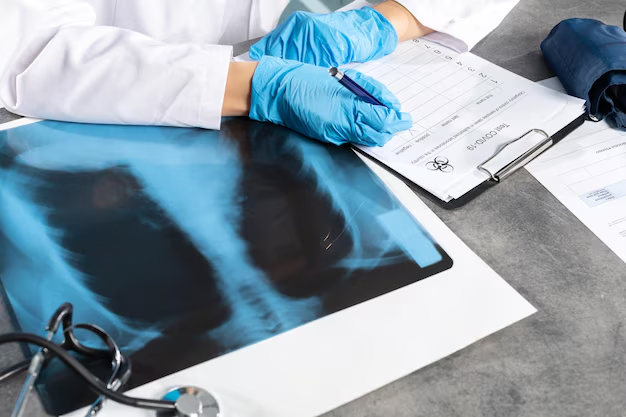Do You Have Osteoporosis? Discover the Signs and Next Steps
Osteoporosis is often referred to as the "silent disease" because it progresses without obvious symptoms—until a fracture occurs. Knowing whether you have osteoporosis is crucial as it allows for proactive management and prevention of complications. Early detection is key, and it begins with understanding the risk factors and signs.
Recognize the Risk Factors
Age and Gender: Osteoporosis is more common as people age, and women, especially post-menopausal females, are at a higher risk due to lower estrogen levels.
Family History: A genetic predisposition means if your family has a history of osteoporosis, you're more likely to develop it.
Lifestyle Choices: A diet low in calcium and vitamin D, lack of physical activity, smoking, and excessive alcohol consumption can increase vulnerability.
Identifying Symptoms
While the disease often remains undetected until a fracture occurs, there are signs that might suggest you have osteoporosis:
- Back Pain caused by a fractured or collapsed vertebra
- Loss of Height over time
- Stooped Posture or a noticeable curvature of the spine
- Bones That Fracture Easily, even with mild trauma
If you experience any of these symptoms or fall into the high-risk category, it's crucial to consult your healthcare provider.
Diagnosis through Bone Density Tests
The most reliable way to determine if you have osteoporosis is to undergo a bone mineral density (BMD) test, such as a DEXA scan. This test is painless and provides precise measurements of bone density at critical sites like the hip and spine.
Early detection can facilitate effective management strategies to protect your bone health. If you have osteoporosis or are at high risk, treatments may include medications such as bisphosphonates, calcium and vitamin D supplements, and lifestyle changes involving diet and exercise.
Financial Support for Osteoporosis Management
Managing osteoporosis involves ongoing medical care and lifestyle adjustments, which can be financially daunting. Fortunately, various financial assistance programs and educational opportunities are available to ease the burden.
Financial Assistance Opportunities
Medicare and Medicaid: These programs offer coverage for osteoporosis screening and certain treatments, particularly for eligible individuals.
Patient Assistance Programs: Many pharmaceutical companies provide medicines at reduced cost—or even free—to those who qualify. It’s worth exploring options if you're prescribed osteoporosis medications.
Nonprofit Organizations: Groups such as the National Osteoporosis Foundation may provide resources and sometimes financial assistance to those in need.
Educational Resources and Solutions
Workshops and Seminars: Many communities offer free or low-cost educational sessions on nutrition, exercise, and bone health.
Online Courses: Platforms like Coursera or Khan Academy may offer free courses on nutrition and general health that can provide valuable information about maintaining bone health.
Grants for Further Education: For those interested in pursuing healthcare careers, grants and scholarships are available that focus on geriatric care or public health, raising awareness about osteoporosis.
As you navigate your diagnosis and treatment, know there are resources to support both your health journey and financial well-being. Understanding osteoporosis and accessing the necessary assistance can significantly improve quality of life and reduce the risk of complications.
Here’s a quick guide to some financial and educational opportunities:
- 💊 Medicine Assistance: Pharma programs for discounted meds
- 👵 Healthcare Coverage: Medicare & Medicaid options
- 📚 Educational Grants: For careers in health sciences
- 👩🏫 Community Workshops: Free health seminars
- 🌐 Online Learning Platforms: Courses in nutrition & health

Related Topics
- a Nurse Is Caring For a Client Who Has Osteoporosis.
- a Percutaneous Is Performed To Treat Osteoporosis Related Compression Fractures
- Can Alcohol Cause Osteoporosis
- Can I Do Pilates If I Have Osteoporosis
- Can I Reverse Osteoporosis
- Can Men Get Osteoporosis
- Can Osteoporosis Affect Teeth
- Can Osteoporosis Be Cured
- Can Osteoporosis Be Painful
- Can Osteoporosis Be Reversed